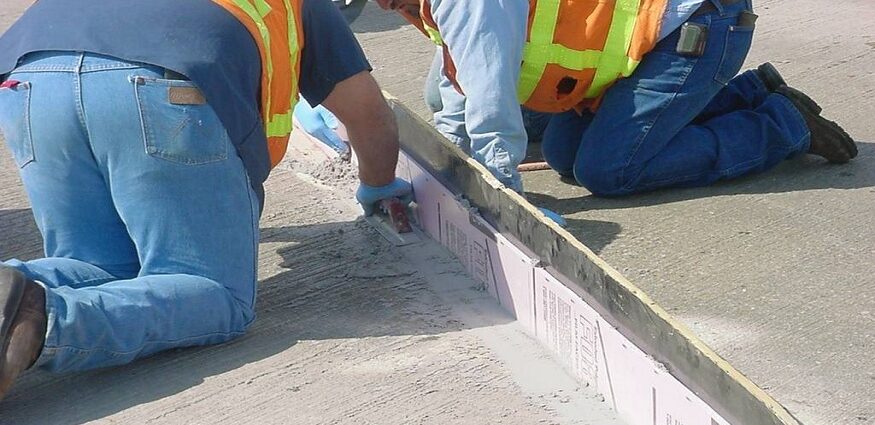Expansion joints are a critical component in piping systems. However, they should be given more attention, causing problems that can have costly consequences.
Sidewalk caulk expansion joint repair can be tricky, especially with old wood. Wood could be more flexible and create a trip hazard. Patches are also not very durable.
Polymer-based materials
Polymer-based materials are the cornerstone of innumerable innovations across industries. Their physical and chemical properties directly result from the structure of the sub-units, known as monomers, that link together to form long chains.
Polymers can be performed in a factory (polyethylene, polypropylene, or polycarbonate) or as reactive single- or multi-component liquids and pastes applied at the job site. Examples include epoxies, polyurethanes, and polyureas.
Epoxy polysulfide is a popular solution for expansion joint repair sealants in bridges because it is resistant to corrosion and more rigid than other sealant systems. It also withstands high load-bearing capacity.
Metal-reinforced plastic (MRP)
Often used in concrete and wood structures, expansion joints are a way to connect two pieces of construction that aren’t otherwise connected. They can withstand a lot of stress and can move and flex without breaking.
Metal alloys are a common choice for expansion joint materials, as they’re strong and flexible enough to support a large amount of pressure. They also have a low coefficient of thermal expansion, so they won’t change shape when exposed to different temperatures.
FRPs are made by a process called “pultrusion.” Dry fiber is laid on a mold, and a liquid polymer is applied to soak in and coat the fibers. This creates an FRP part that can be molded into any desired shape. The result is a robust and durable material that’s easy to work with.
Rubber
A well-made rubber expansion joint is a critical part of any piping system. They can transfer liquids, gases, and other materials at high temperatures and pressures. Recognizing the signs of a failing expansion joint is essential for keeping your work environment and employees safe.
One of the most common problems with expansion joints is damage caused by over-extension, compression, and angular or lateral movement. This type of damage can lead to the collapse of the expansion joint or even a rupture of the internal lining material.
This damage can be prevented by installing a control rod assembly in the expansion joint. The rods will prevent the expansion joint from being compressed or over-extended.
Cork
Cork is one of the most resilient expansion joint fillers available. It is made of granulated cork securely bonded with resin and can withstand multiple compression cycles without losing its properties. It also works well in applications that require acoustic and vibration insulation.
Since it has gas between its cells, cork is a natural insulator and helps to absorb noise and vibration. This makes it perfect for buildings and other industries that must adhere to strict sanitary and hygiene standards.
The best part is that no trees get harmed during the harvest. Cork is harvested from the outer bark of the cork oak every 9-12 years. It’s a renewable resource that has been used for centuries. This unique, sustainable powerhouse is found in wine bottles, bulletin boards, floor and wall tiles, acoustic insulation, and even in the handles of some musical instruments.
Gelatin
Gelatin is a natural, nontoxic biomacromolecule produced by partial hydrolysis of collagen found in animal skins, bones, and connective tissue. It is a translucent, brittle, solid substance that is colorless, flavorless, and odorless.
The raw materials are boiled for hours to dissolve the collagen in water to produce gelatin. The gelatin is then extracted with dilute acids to obtain the peptides and proteins that form the final product.
This process involves much suffering for animals; luckily, there is another way to get the benefits of gelatin without supporting this cruel industry. We can use it as a sealant in expansion joints instead of sand.

